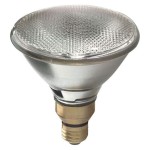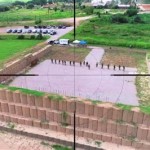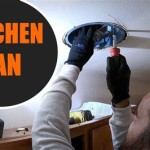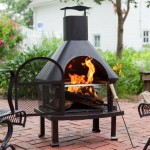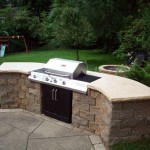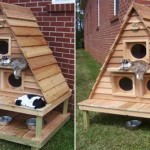Illuminate Your Outdoors with Essential Aspects of Motion Sensor Lights
Outdoor motion sensor lights are indispensable for enhancing home security, illuminating pathways, and deterring intruders. They offer convenience, safety, and energy efficiency. Here are some crucial aspects to consider when choosing and installing motion sensor lights for your outdoor space:
Types of Motion Sensors
Motion sensors detect movement and trigger the light to turn on. There are two main types of motion sensors:
- Passive Infrared (PIR) Sensors: Detect changes in infrared radiation emitted by living beings.
- Microwave Sensors: Emit high-frequency microwaves and detect any objects that disturb their field.
Microwave sensors have a wider detection range and are less prone to false alarms, making them suitable for large areas.
Detection Range and Sensitivity
The detection range determines how far away the sensor can detect movement. The sensitivity adjusts how small of a movement triggers the light. It's important to choose a sensor with an appropriate detection range and sensitivity for your specific needs.
Light Output and Duration
The light output of a motion sensor light is measured in lumens. The higher the lumens, the brighter the light will be. Consider the area you want to illuminate and the purpose of the light when choosing the light output.
The duration of the light determines how long it stays on after motion is detected. Choose a duration that provides sufficient illumination without wasting energy.
Field of View
The field of view refers to the area that the sensor can detect movement in. A wider field of view offers better coverage, but it can also increase the risk of false alarms.
Weather Resistance
Outdoor motion sensor lights should be weather-resistant to endure rain, snow, and extreme temperatures. Look for lights that are rated for outdoor use and have a high IP (Ingress Protection) rating, which indicates their resistance to water and dust.
Installation Considerations
Proper installation is crucial for the optimal performance of motion sensor lights. Consider:
- Mounting Height: Mounting the sensor higher provides a broader field of view.
- Location: Place the sensor where it can detect movement from the desired direction.
- Power Source: Lights can be wired or wireless. Wired lights offer more stability, while wireless lights provide greater flexibility.
Maintenance and Troubleshooting
Regular maintenance ensures the proper functioning of your motion sensor lights. Check the batteries or wiring, clean the sensor lens, and replace any faulty components as needed.
Conclusion
By taking into account the essential aspects outlined above, you can choose and install outdoor motion sensor lights that meet your specific requirements. These lights not only provide convenience and safety but also enhance the aesthetic appeal of your outdoor space.

Defiant 180 Degree Motion Sensor White Outdoor Security Light Df 5416 Wh A The Home Depot

Best Outdoor Motion Sensor Lights 2024 Security

Lepro 20w Security Lights Outdoor Motion Sensor 1700 Lumen Pir Light Ip65 Waterproof Flood
The Best Outdoor Motion Sensor Lights To Keep Your Home Secure

Lnc Modern Outdoor Wall Light With Motion Sensor 1 Black Exterior Sconce For Porch Garage Pergola Gazebo Deck Garden Nfzer3hd14745i8 The Home Depot

Lepower 35w Led Security Lights Motion Sensor Light Outdoor 3500lm 5500k Ip65 Waterproof 3 Head Detected Flood For Garage Yard Porch White Com

Mr Beams Mb360xt Brn 01 00 Wireless 200 Lm Battery Operated Outdoor Motion Sensor Activated Led Spotlight Brown Com

Auraglow Pir Motion Sensor Up Down Outdoor Wall Security Light Warminster Stainless Steel Led Lighting

Outdoor Motion Sensor Lights Lamps Plus

Midland 9 High Dusk To Dawn Led Motion Sensor Light 8m841 Lamps Plus
Related Posts


